Jul 04, 2025
Author:Lisa Martinez
When your cat's immune system turns against you, it can be scary and confusing. Autoimmune disorder in cats occurs when the body's natural protection attacks healthy cells in preference to fighting against germs and illness. While these conditions are rare in cats, they may be serious if not treated.
Think of your cat's immune system as a security guard. It protects your pet from harmful attackers such as microorganisms and viruses. But with autoimmune diseases, this security guard is annoyed and begins to attack the good guys, too. This can affect pores, skin, blood, joints, or other body parts.
Understanding an autoimmune disease in cats allows you to identify the problems quickly. The sooner you capture these conditions, the higher the possibilities of your bushy friend to treat the right and lead a comfortable life.
Let us find out what every owner of cats must understand about these complex health problems.
Here's what happens when your cat develops an autoimmune disease. The immune system goes haywire. Instead of protecting your cat, it turns against her own body. You know how the immune system should fight off viruses and bacteria? Well, sometimes it gets confused. It starts attacking healthy tissues by mistake.
Picture this: your cat's defense system becomes her worst enemy. The very thing meant to keep her healthy starts causing damage. It's frustrating because there's no outside invader to blame. The problem comes from within. This makes these conditions especially tricky to manage.
Moreover, the attacks can happen anywhere in the body. One day, it might target the skin. Another time, it goes after blood cells or joints. You never quite know where the next problem will pop up. That uncertainty keeps you on edge as a pet parent.
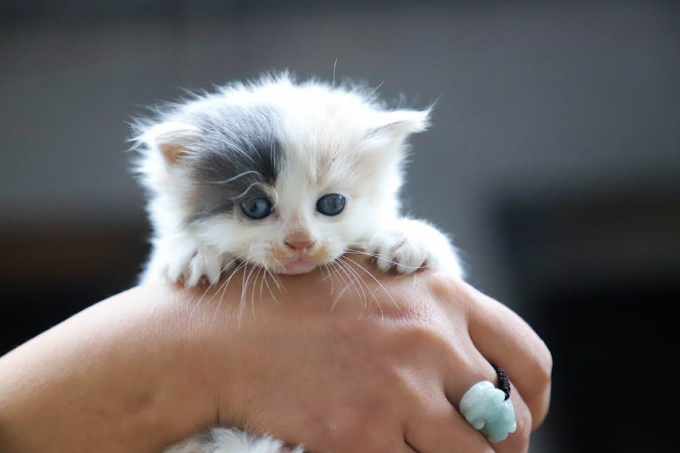
You need to know which autoimmune conditions might affect your cat. Each one hits differently, and recognizing them early helps.
Pemphigus Foliaceus shows up as crusty sores on your cat's skin. You'll spot them around the eyes, ears, and nose first. The footpads might crack and bleed. Even the nail beds can get infected. It's the most common autoimmune skin disease we see in cats. The crusty patches look awful, and they're painful too.
Systemic Lupus Erythematosus (SLE) is rare but serious. This one doesn't play favorites - it attacks everywhere. Your cat might have skin problems one week and kidney issues the next. The immune system regulation just falls apart completely. You'll feel like you're fighting multiple diseases at once because, well, you are.
Immune-Mediated Hemolytic Anemia (IMHA) scares vets and pet parents alike. Why? Because it destroys red blood cells faster than your cat can replace them. You'll see pale gums and extreme weakness. Without quick treatment, cats can collapse from a lack of oxygen.
Autoimmune Stomatitis makes eating torture for your cat. The mouth becomes a battlefield of inflammation. Gums swell up. Painful sores cover the tongue and cheeks. Your cat might drool constantly or refuse food completely.
Spotting autoimmune disease in cats early can be tricky because symptoms often seem vague or mild initially. Here are the key warning signs to watch for:
● Crusty, scaly spots on the face, ears, or paws
● Hair loss in a patch
● Ulcers that are not cured properly
● Red, infected skin around the nostril or mouth
● Changes in the appearance of nails or nail beds
● Weakness and fatigue that do not increase with relaxation
● Loss of the urge to eat lasting more than a day
● A fever that comes and leaves
● Weight loss regardless of normal eating
● Pale or yellow gums
● The pain or stiffness of the joints (limiting the action from the foot to the leg)
● Increased drinking and urination
● Difficulty in receiving or a terrible breath
● Dark -colored urine
Common clues include one or more of the following: Weakness and Lethargy: This can arise from anemia or the cat's being unwell.
Treatment of autoimmune disease in cats focuses on controlling excessive immune activity and solving symptoms. Treatment plans differ completely in the exact situation and severity.
Corticosteroids are regularly the primary line of treatment. Immunosuppressive therapy is the most regularly used treatment that makes it easier to reduce the activation of the immune system. The most common medicines used to treat systemic lupus erythematosus in cats are corticosteroids.
Common steroid medications include:
● Prednisolone (preferred for cats)
● Dexamethasone
● Triamcinolone
Additional Immunosuppressive Drugs may be needed for severe cases:
● Cyclosporine (Atopica)
● Chlorambucil (Leukeran)
● Azathioprine (not recommended for cats due to toxicity risks)
1. Antibiotics may be prescribed if secondary bacterial infections develop from broken skin or compromised immunity.
2. A special diet is recommended, especially if the kidney function is affected.
3. Local treatment can help control skin lesions and prevent infections.
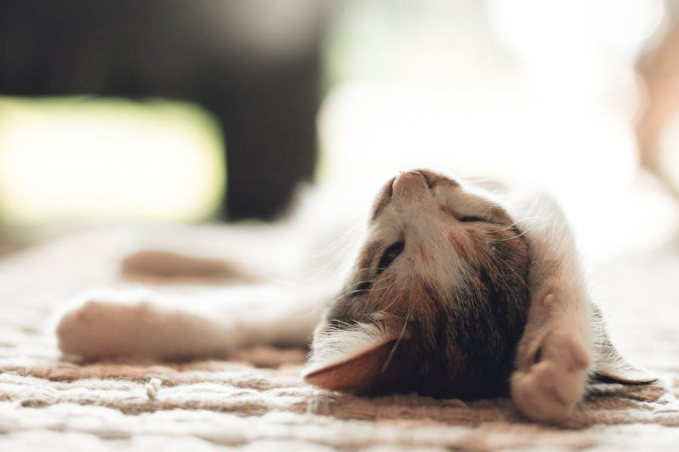
Driving an autoimmune disorder in cats at home requires the creation of a supporting environment that reduces pressure and promotes renewal.
● Reduction of stress - Keep a recurring consistent cat and provide quiet spaces for relaxation. Stress can cause autoimmune flares.
● Sun protection - Keep your cat inside and outside of direct sunlight: Ultraviolet rays may cause deterioration with signs of skin lesions.
● Clean living spaces - maintain excellent hygiene to prevent secondary infections while immunity is compromised.
Proper nutrition becomes even more important when fighting autoimmune disease. A high-quality diet supports overall health and healing. Consider using an automatic pet feeder to ensure consistent meal times, which helps reduce stress.
Fresh water availability is crucial, especially if your cat is on medications that increase thirst. A pet water fountain encourages proper hydration and helps support kidney function during treatment.
In one study, 13% of cats were euthanized because of their disease. These statistics come from a major literature review published in BMC Veterinary Research that analyzed cases from 1950 to 2016, providing reliable data about feline autoimmune conditions.
Keep detailed records of:
● Symptom changes (better or worse)
● Medication timing and any side effects
● Appetite and water consumption
● Energy levels and behavior changes
This information helps your vet adjust treatment plans effectively.
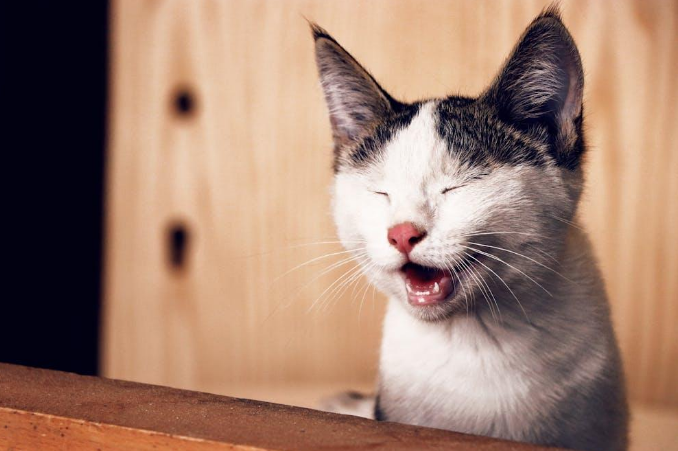
Maintaining vitamins and hydration promotes your cat's immune system and overall health at a certain age. Cats who feel unwell may eat or drink less, complicating recovery.
Consistent feeding plans help reduce pressure and ensure good nutrients. A cat feeder can hold regular eating time, even if you are gone, which is essential for cats in drug plans.
Encouraging water intake becomes critical throughout the treatment. Many medicines may affect the kidney function or increase thirst. The quiet water fountain gives fresh, filtered water that many cats still choose over the water.
In cats with mouth pain from autoimmune stomatitis, softer foods and without problems, accessible water sources are crucial to maintaining nutrition.
Despite your effort, flare-ups can still occur. Knowing how to care for them reduces stress for you and your cat.
● Recognize the warning symptoms early. Increased lethargy often occurs first, observed by the urge to change food. Skin lesions could worsen, or your cat might seem more down than usual.
● Contact your veterinarian at once while the marks are getting worse. Don't wait to see if things improve personally. Early intervention can save you from more serious headaches, and your veterinarian may want to adjust medicines temporarily.
● Provide additional home comfort. Keep your cat warm and quiet. Offer your favorite ingredients that help keep their urge to eat, and make it easier to enter the confusion of boxes if mobility becomes a problem.
● Document the whole at some point. Note potential triggers - climate changes, pressure activities, or new meals- if you can perceive them. This information can be useful for preventing future episodes.
Feline autoimmune disorders are erratic, puzzling, and emotionally draining to human caretakers. Symptom awareness, early veterinary treatment, and an orderly arrangement of home-based care are essential in treating such conditions.
Through a calm atmosphere, proper nutrition and hydration, and tracking any behavioral and health changes, you can make your furry friend's life much more comfortable and enjoyable.
Here at WOpet, we understand you need commitment, persistence, and the right tools to deal with your pet cat's health. When handling autoimmune situations, making regular feeding plans and properly hydrating is even more important. Innovative products that think more about the health of your cat.
Wopet provides high-quality pet feeders, fountains, and accessories designed with your cat's well-being in mind.
Contact us or attend our support hub for more resources and information.
Do not worry - autoimmune disease cannot spread from one cat to another or from cats to people. These conditions appear when something goes wrong with your cat's immune system, which becomes weakened and begins to attack the healthy frame components. It is no longer due to an endemic or bacteria that could be transmitted between pets.
The honest solution is that it certainly relies on several things: what unique autoimmune condition your cat has, how quickly you stuck it, and how well your cat reacts to the axle. Some cats do amazingly well and live simply if they could have it differently. Others may have a shorter lifetime, but they can revive themselves with true care of the highest quality. Your veterinarian may have a higher understanding of your cat's individual situation.
Unfortunately, stress can cause flare-ups in some cats with autoimmune diseases. This does not indicate that it is pointed around your house, but it suggests that maintaining quiet and predictable things can help your cat better. Maintaining ordinary training sessions, offering silent areas, and minimizing massive household disturbances can lead to real resolution.
Label:
Popular Post

What to Feed a Sick Dog With No Appetite? [2025 Guide]
May 16, 2023
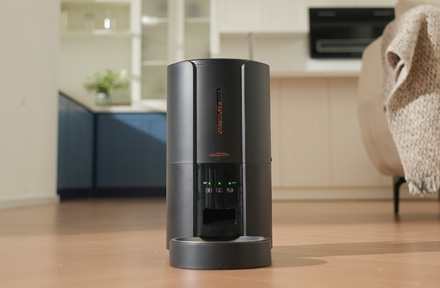
Troubleshooting Common Issues with Automatic Pet Feeders: Tips & Tricks for Pet Owners
Oct 26, 2023
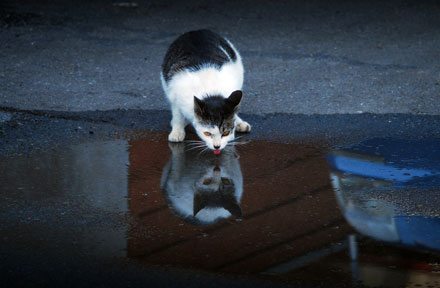
Why Does My Cat Cough After Drinking Water? 8 Potential Reasons
Mar 13, 2023
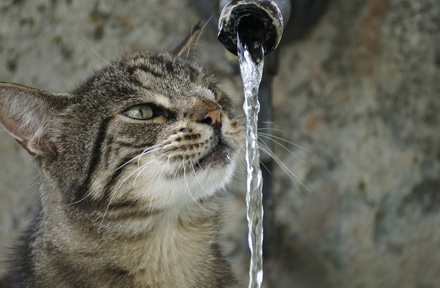
Why is My Cat Throwing up Water? Top 5 Causes Here
Feb 08, 2023
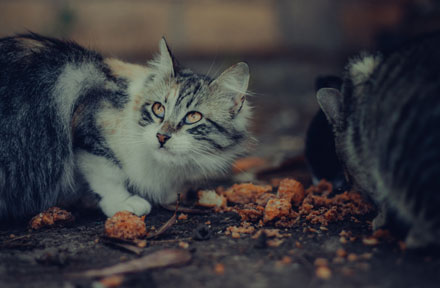
My Cat Only Eats A Little at A Time - What to Do?
Feb 27, 2023
$99.99
$129.99
Copyright © 2025 WOPET. All Rights Reserved.